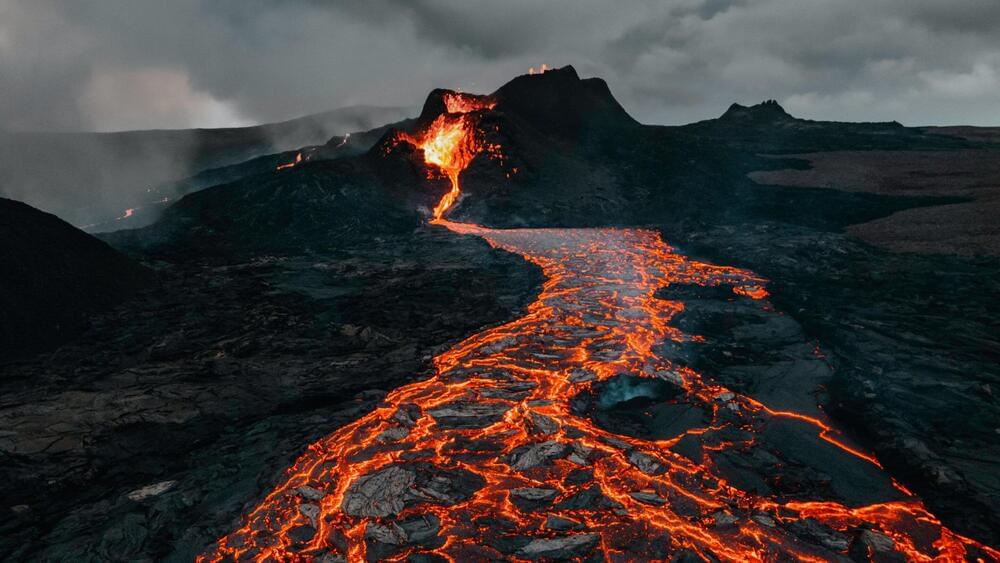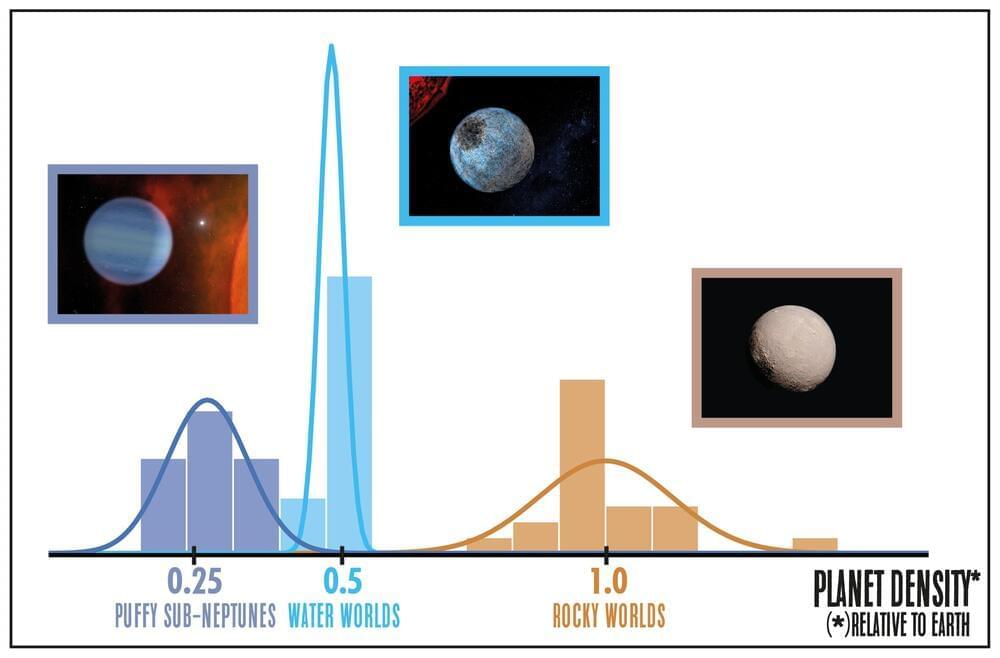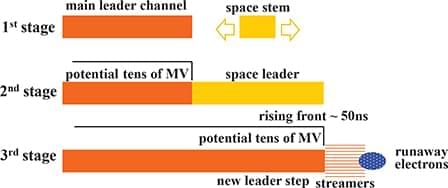Even in the driest climates, though, there is a considerable amount of moisture in the air. The researchers note that even in places like the Sahel desert, relative humidity is still around 20 percent on average. So they set about finding a way to use this untapped water resource to produce hydrogen.
Their device consists of a water harvesting unit that houses a sponge soaked in a water-absorbing liquid that can pull moisture from the air. On either side of this reservoir are electrodes that can be powered by any renewable energy source. When a current runs through the circuit, the water is split via electrolysis into its constituent oxygen and hydrogen atoms, which can then be collected as gas.
The team showed that the device could run efficiently for 12 consecutive days and produced hydrogen with 99 percent purity. What’s more, the device continues to work in relative humidity as low as four percent.








